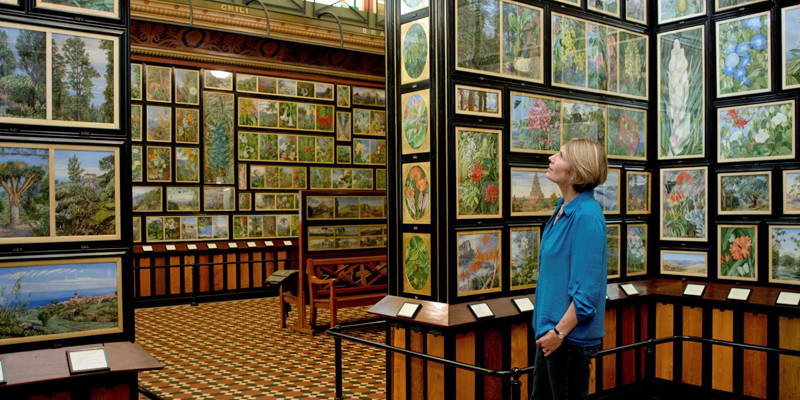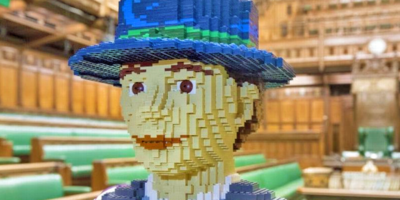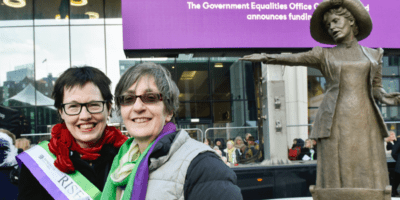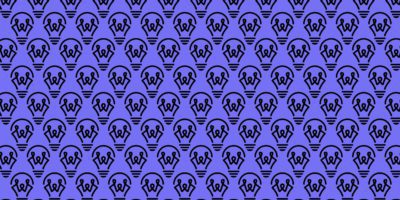Maria Devaney is a galleries & exhibitions leader at the Royal Botanic Gardens, Kew. She holds a BA (Hons) History of Art, Design and Film from Sheffield Hallam University, a postgraduate diploma in museum studies from the University of Leicester and has extensive experience of working as a curator in the museum sector. Maria’s experience includes leading curatorial teams in local authority museums, managing a small historic house for the National Trust and the strategic development of two galleries for the Royal Botanic Gardens, Kew, one of the world’s most beautiful and iconic locations.
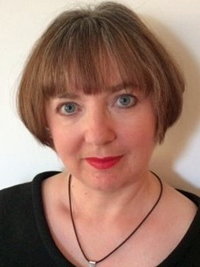
“Marianne was very close to her father and was devastated when he passed away, but she continued to paint as a way to alleviate her grief. He had encouraged her interests and left her well off with the means to pursue an independent life, travelling and painting, unlike most women of that time who were expected to marry, have families and not aspire to any kind of career.”
Career background
I have a degree in history of art, design and film, and a postgraduate diploma in museum studies. I have worked as a curator of art collections in municipal museums and managed a National Trust property.
My role at Kew
On a day-to-day basis, my role at Kew involves developing and project managing temporary exhibitions for the Shirley Sherwood Gallery, as well as leading the Galleries & Exhibitions team. Much of my work is desk-based apart from when we are de-rigging and installing exhibitions when I am in the gallery space almost continually.
Adapting to COVID
Over the past two years, COVID has meant the desk-based work is the same, except it’s often done at home as opposed to the gallery office. Many meetings are virtual, although site meetings remain important as it is essential for artists especially to get a feel for the gallery spaces.
COVID meant we had to completely reassess how visitors move through the gallery spaces and use the building and we also had to adapt to socially distanced working practices and all the other safe ways of working together as a team. This has been particularly challenging for the installation and de-installation work!
We had to close the gallery for several months during the first lockdown and the rest of the team was on furlough. It felt a little surreal visiting the quiet empty building.
We got a new exhibition up and running in the Autumn of 2020. It was a really beautiful show by the Mexico-based artist Jan Hendrix. However shortly after the second lockdown kicked in and the gallery closed again – and we eventually had to take the exhibition down before people got the chance to see it. It was very sad for the artist – and for those of us who worked so hard to get it installed under really challenging circumstances.
The exceptionally talented Miss Marianne North
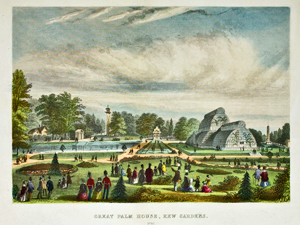
Many exceptional people have been drawn to visit Kew throughout the history of the gardens. One of the most notable was Marianne North. Marianne first visited Kew as a young woman with her father when the Palm House was still a relatively new structure. Seeing the colourful exotic plants had a deep impact on her and planted a seed in her mind about wanting to see the plants growing in the wild in their natural environments.
At the time she didn’t have any formal links with Kew, but the then director, William Jackson Hooker, and then subsequently his son Joseph Hooker, the next director, were family friends of the Norths so they socialised and moved in the same circles, sharing a keen interest in the botanical world.
Marianne first began painting after the death of her mother in 1855, and her first watercolour landscapes were undertaken on a trip to Europe with her sister and father.
After her sister married in 1864 and her father lost his seat in parliament, Marianne and her father more time travelling, visiting Switzerland and Italy. They visited Syria and travelled along the Nile together in 1865–67. In 1869 her father became ill on a trip to the Alps so she brought him back their home to Hastings, in England, where sadly he passed away.
An intrepid and independent life
Marianne was very close to her father and was devastated when he passed away, but she continued to paint as a way to alleviate her grief. He had encouraged her interests and left her well off with the means to pursue an independent life, travelling and painting, unlike most women of that time who were expected to marry, have families and not aspire to any kind of career.
After her father’s death her travels took her to Italy, Tenerife, Canada, the United States, Japan, Borneo, Java and Ceylon.
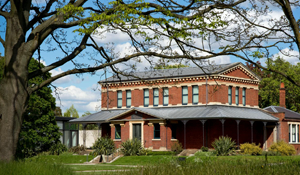
On her return to Britain, Marianne exhibited a number of her drawings in London. She offered to give the collection to the Royal Botanic Gardens at Kew, and to erect a gallery to house them. Her offer was accepted, and the construction of the new buildings, designed by James Fergusson, began that year. Her gallery at Kew was opened in 1882, displaying 800 oil on cardboard paintings, which represented twenty years of her life and travels.
Encouragement from Charles Darwin
Charles Darwin was part of the same intellectual and scientific circle that included the Norths and the Hooker family. It was Darwin who encouraged Marianne to travel to Australia if she was to paint and document the flora of the world. She also visited New Zealand, and in her later years worked in the Seychelles and Chile.
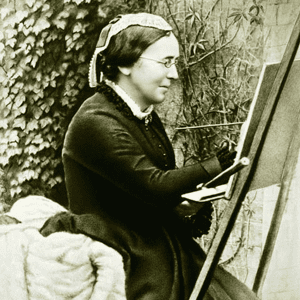
When ill-health curtailed Marianne’s travelling, she moved to Alderley in Gloucestershire where she died on in 1890. She left an incredible legacy. The scientific accuracy with which she documented plant life in all parts of the world, before photography became a practical option, gives her work a permanent value and the North Gallery at Kew is the only permanent solo exhibition by a female artist in Britain.
Learning more about Marianne
If Womanthology readers would like to learn more about Marianne, they can firstly visit Kew’s website Marianne North Gallery, Kew, where there is information about the gallery she established at Kew, as well as links to blogs written about her and a short film. You can also take a virtual tour here.
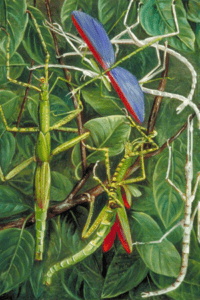
You could also order books about her from Kew’s online shop I would recommend A Very Intrepid Painter by Michelle Payne as a good introduction and if you would like to have a full record of the gallery paintings. Marianne North: the Kew Collection makes a beautiful coffee table book. You could also buy the Official Guide Book written by Marianne herself which has never gone out of print.
Coming up at Kew
There’s always something new and exciting on the horizon and from 21st May 2022 we will have Pip & Pop dazzling our visitors with a vibrant, colourful and playful installation that could be good enough to eat!

